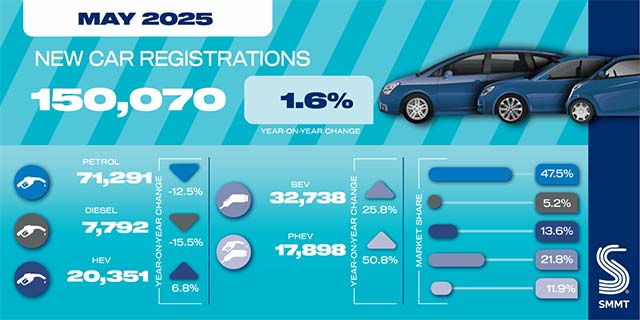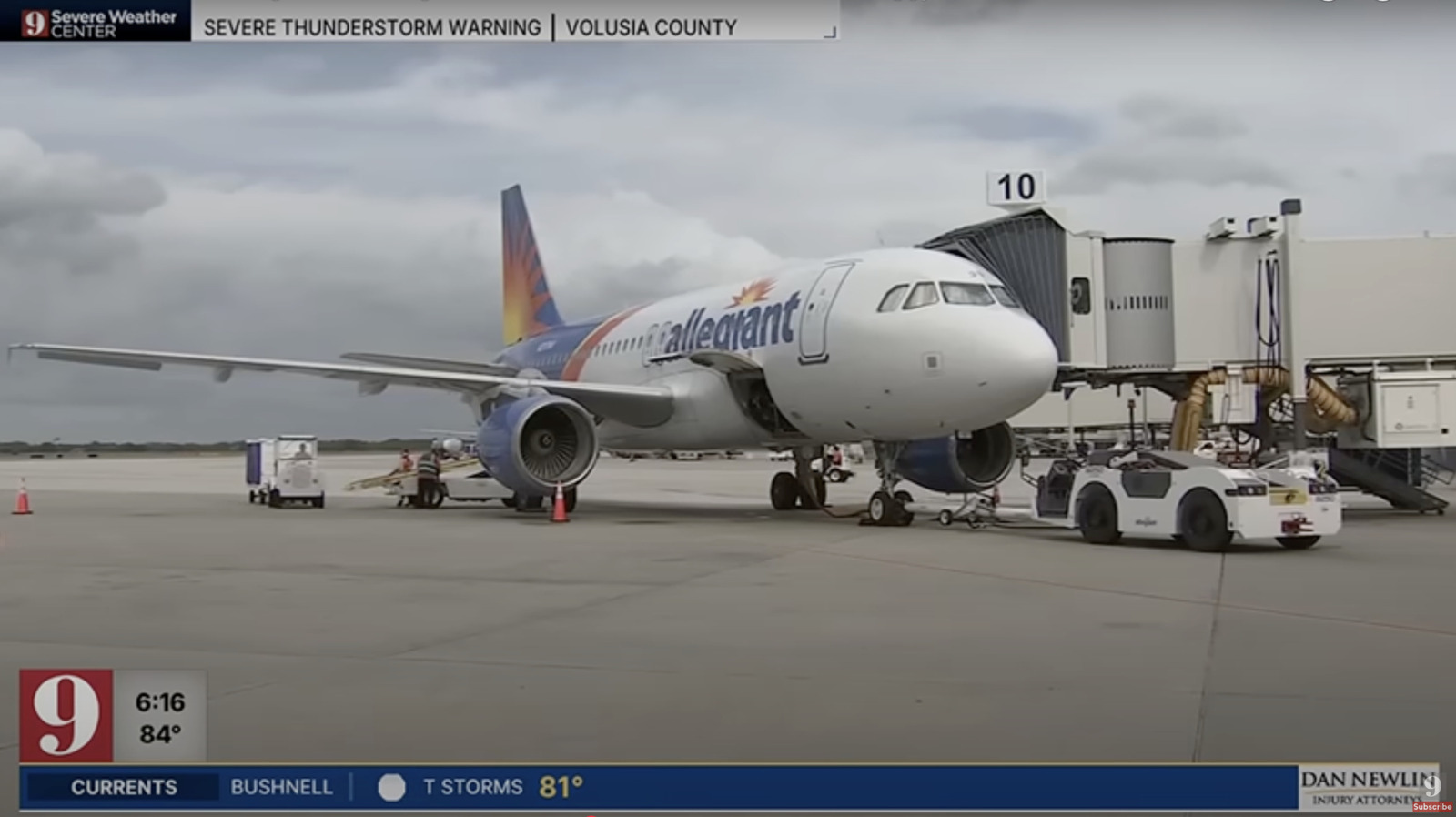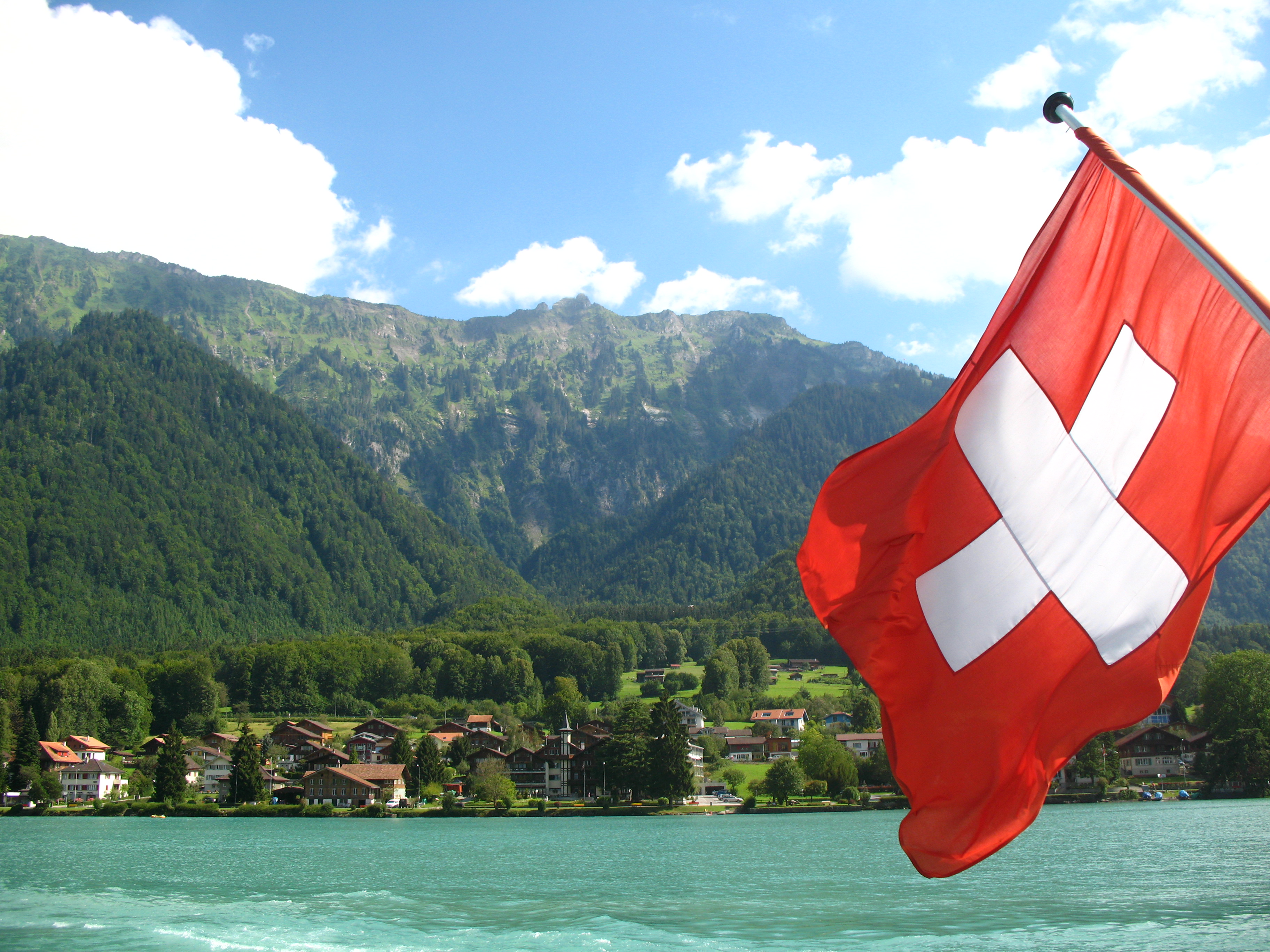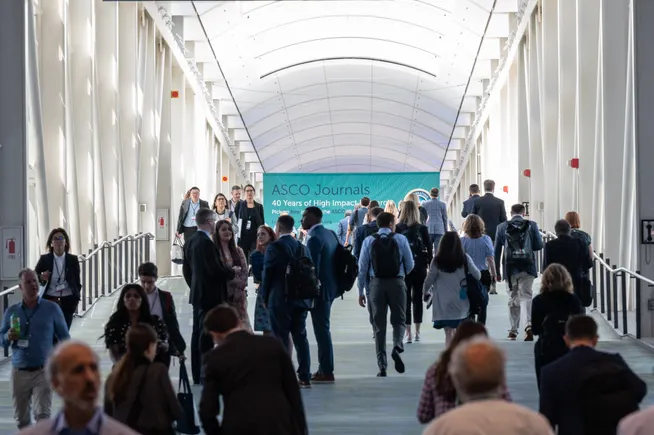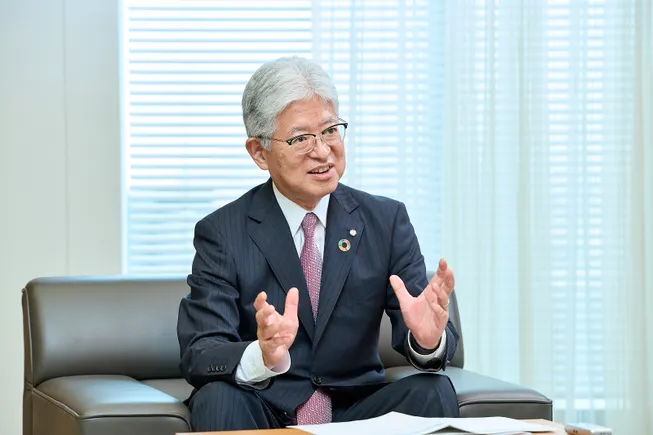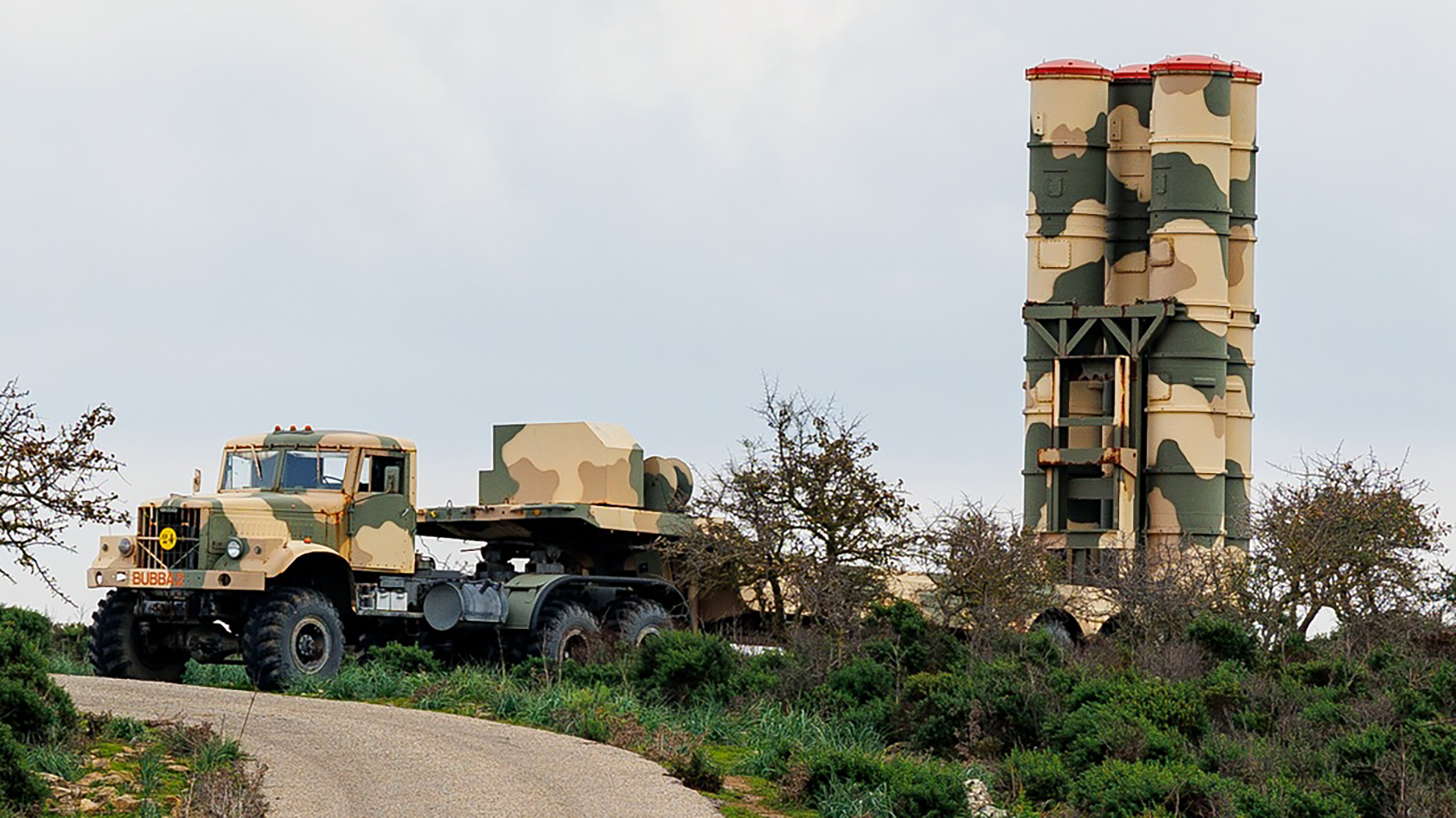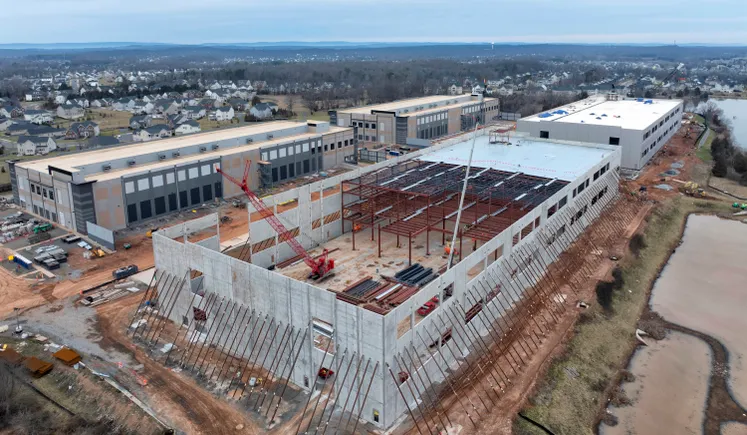Rolex Powers the Next Phase of CyberTracker
With Rolex's support, Louis Liebenberg’s conservation software is redefining field science by turning indigenous tracking into a modern tool against climate change. The post Rolex Powers the Next Phase of CyberTracker appeared first on LUXUO.

Developed in 1997 by Rolex Awards for Enterprise Laureate Louis Liebenberg, CyberTracker was more than a digital tool for preserving biodiversity – it empowered indigenous communities. Today, CyberTracker is receiving an upgrade
The ancient art of animal tracking, honed and perfected by indigenous communities over thousands of years, stands as a testament to the delicate balance between humanity and nature. Indigenous trackers possess unparalleled skills, developed over millennia, to interpret subtle signs in the environment. This expertise has been essential for survival, enabling hunters to follow prey across vast landscapes and anticipate changes in the environment.

Rolex Awards for Enterprise Laureate Louis Liebenberg, has dedicated his life to preserving this art, while ensuring that its custodians, the indigenous trackers of the Kalahari Desert, find new opportunities in a rapidly changing world. Through his revolutionary CyberTracker software, Liebenberg has not only safeguarded a tradition, but also created a powerful tool for global conservation efforts.
THE GENESIS OF A LIFELONG PASSION

Liebenberg’s fascination with tracking began during a childhood game of hide-and-seek on the dunes of a Cape Town beach. At just four years old, he followed footprints in the sand to discover his friend’s hiding place. “I can still vividly remember following the sequence of footprints over the crest of the dune, right to where this boy was hiding,” he recalls. “I even remember the surprise on his face. That’s my first visceral memory of tracking somebody.” This simple yet profound moment sparked a lifelong passion for the stories that nature could tell.

Years later, at age 25, Liebenberg ventured alone into Namibia’s Kalahari Desert to stay with the native peoples of the region, the Ju/’hoansi. Here, he learned the ancient skill of tracking from those who had relied on it for their survival for thousands of years. It was this work that drove Liebenberg to create CyberTracker.
Liebenberg’s ties to the Ju/’hoansi community run deep. In 1990, his close friend and skilled tracker, !Nate, urged him to help the people of the Kalahari, who faced mounting challenges due to dwindling wildlife numbers and restrictive land policies. Much of the region’s biodiversity had been decimated by fences that had cut off traditional migration routes for animals, disrupting the delicate ecological balance. This meant that the Ju/’hoansi could no longer sustain their nomadic, subsistence lifestyle. The crisis highlighted the urgency of preserving their tracking skills, which were at risk of fading away, as younger generations were forced to leave their homes and ancestral teachings behind in search of often low-paid, low-skilled work in urban areas to survive.

Liebenberg began to formulate a plan. He reasoned that the remarkable tracking skills of the indigenous population could be developed into a modern profession, gathering information for conservation projects. In 1994, he began certifying the skills of indigenous trackers to help them secure employment by giving an objective measure of their skills.
Recognising the need to act, Liebenberg envisioned a way to bridge the gap between ancient tracking expertise and modern technology. This led to the creation of CyberTracker in 1997 that ran on GPS systems, palm pilots, Android and iPhones. One of its standout features was its ability to harness indigenous knowledge for conservation purposes. Certified trackers, equipped with CyberTracker, provide detailed insights into species and ecosystems that far surpass tech-based imaging technologies. This depth of understanding has proven invaluable in creating accurate conservation models and protecting biodiversity. “Unless you have people on the ground with real field skills that can actually make real observations of real species, your models could be completely wrong,” Liebenberg elaborates.
GLOBAL IMPACT

Supported by the prestigious Rolex Award for Enterprise in 1998, CyberTracker catapulted onto the global stage, earning widespread recognition and achieving remarkable acclaim. “The Rolex Award itself played a critical role in the subsequent success of CyberTracker, because without it, nobody would have known about us,” Liebenberg recalls. Since then, the software has been downloaded more than 600,000 times in over 200 countries. CyberTracker has become an invaluable tool for wildlife conservation, aiding in the protection of species ranging from rhinos to butterflies. Its versatility even extended its applications to citizen science, education, farming, social and health surveys, disaster relief, and crime prevention.
More than 25 years after its inception, CyberTracker continues to evolve. Liebenberg is currently testing CyberTracker Online, an updated app-based version that makes it accessible to everyone, from illiterate elders in remote communities to 10-year-old children. The new, easy-to-use platform puts tracking science in everyone’s hands, consolidating the core elements of CyberTracker and allowing users to build custom apps tailored to their specific work. This new approach to the software that CyberTracker Online offers will make developing projects incredibly simple for anyone with a smartphone and access to a computer.

Data can be collected offline and uploaded once internet connectivity is available, enabling trackers to seamlessly share their findings with a centralised global database. This ensures valuable tracking data can be accessed and utilised for a wide range of conservation efforts and beyond.
“It creates the possibility of real-time monitoring of complex ecosystems on a worldwide basis,” says Liebenberg, “and it provides a flow of financial support for indigenous communities.” He emphasises that sustainable socio-economic models are essential as they enable local populations to actively participate in biodiversity conservation – a critical step in tackling the effects of climate change.
CyberTracker Online has already been picked up by citizen scientists worldwide, including projects that get children out into nature. Initiatives like ToadNUTS, which protects the Western Leopard Toad in Cape Town, and BioKids in Michigan, which teaches children scientific reasoning, exemplify the software’s versatility. These projects not only foster environmental stewardship, but also inspire the next generation of conservationists.
PASSING THE TORCH

Beyond technology, Liebenberg continues to train new trackers at the Ju/’hoan San Tracker School in the Kalahari, which sees students from as far as North America and Europe. Combining indigenous knowledge and skills with modern science and technology, the school aims to revive indigenous tracking on a global scale.
For Liebenberg, tracking is more than a skill, explaining: “The art of tracking is the ideal way of introducing scientific reasoning and understanding to children. There’s no mediation, no microscope, telescope, books or anything that comes between you and the tracks. It’s very immediate.”
TACKLING CLIMATE CHANGE TOGETHER

The launch of CyberTracker Online aligns with the Rolex Perpetual Planet Initiative, a commitment to supporting individuals and organisations addressing today’s environmental challenges. Established in 2019, the Perpetual Planet Initiative builds on nearly a century of Rolex’s tradition of championing exploration. Initially focused on the Rolex Awards for Enterprise and partnerships such as Mission Blue and the National Geographic Society, the initiative has expanded to include over 20 collaborations. These include projects like Rewilding Argentina, Coral Gardeners, and Steve Boyes’ explorations of Africa’s river basins.
Through scholarships, grants, and partnerships, the initiative fosters the next generation of explorers and scientists. By making tracking science accessible to everyone, Liebenberg empowers communities to contribute to conservation efforts and combat climate change. With features like story maps that combine data with photos and videos, the new software makes scientific information accessible to all, from primary school students to PhD researchers. This inclusivity ensures that everyone can play a role in protecting their local environment and, by extension, the planet.
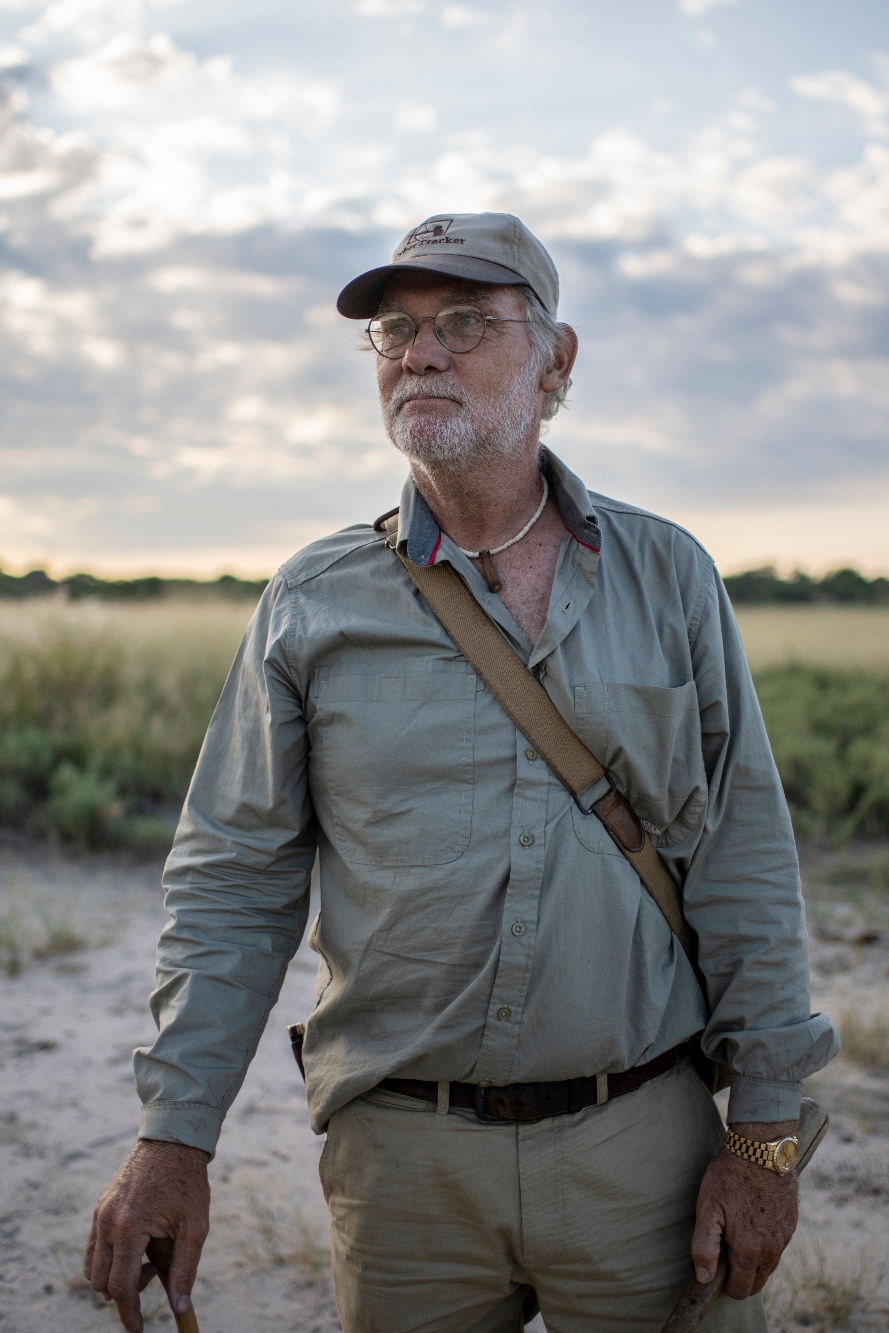
While Liebenberg’s own tracking career stretches back more than 40 years, his work is far from over. “The thought of not doing this work has just not occurred to me. I’ve got no intention of stopping, because there’s just so much more to learn,” he says. With his unwavering dedication and the continued support of Rolex, Liebenberg is ensuring that the ancient art of tracking not only survives, but thrives in the modern world.
This story was first seen on WOW #76 Spring 2025 Issue
For more on the latest in luxury watch reads, click here.
The post Rolex Powers the Next Phase of CyberTracker appeared first on LUXUO.
























